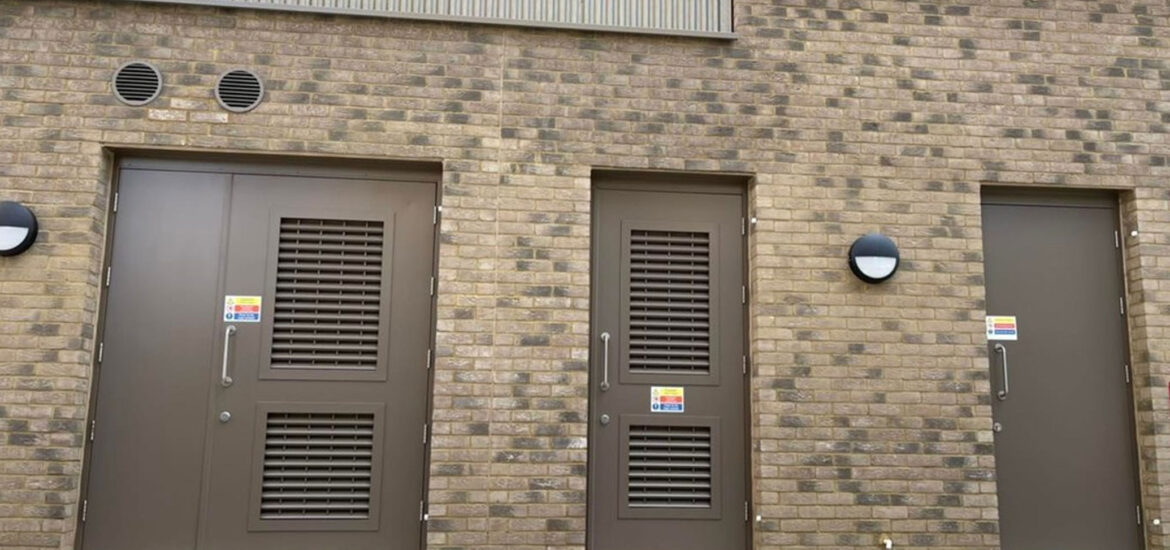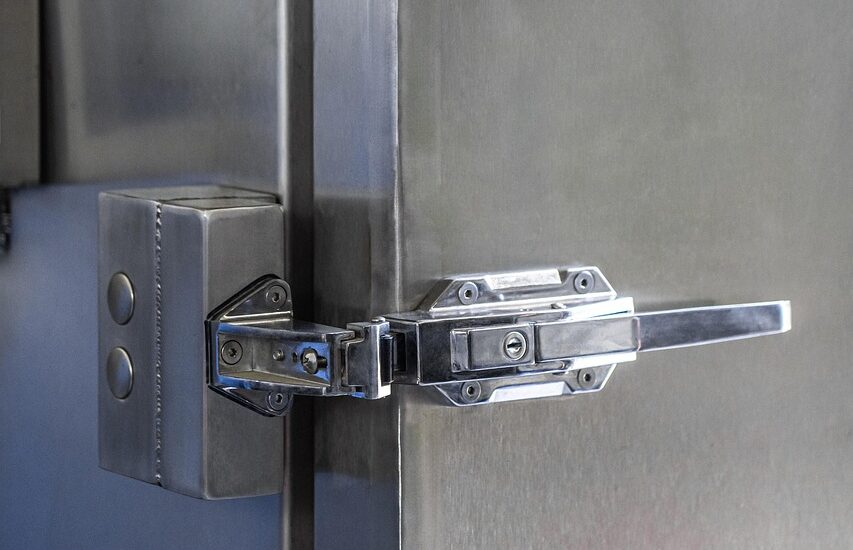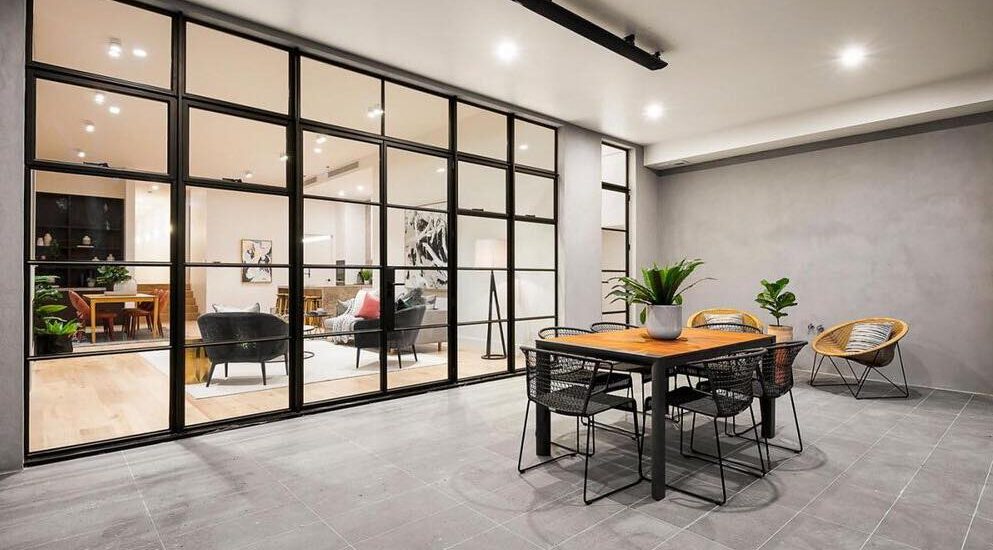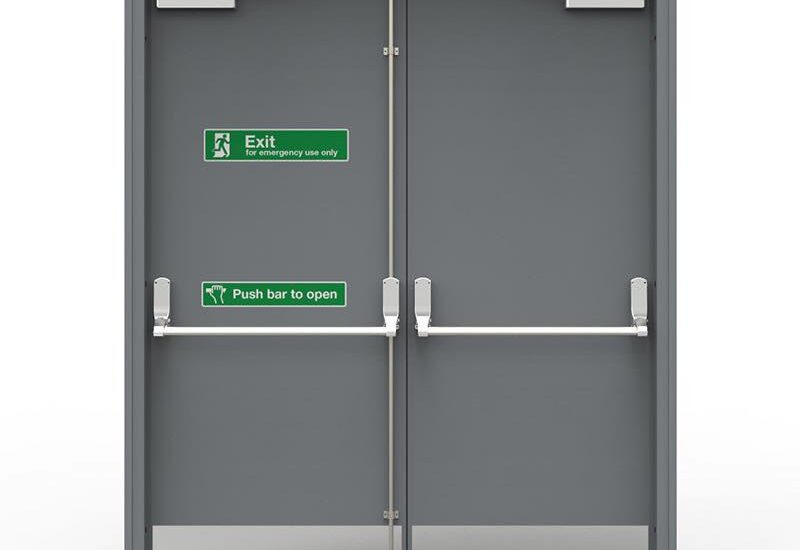Living in a small home or apartment comes with unique challenges, especially when it comes to optimizing space. Traditional doors take up valuable square footage, making it difficult to maximize the available area. Fortunately, space-saving custom doors provide an excellent solution for small living spaces. Whether you’re looking for sliding doors, folding doors, or pocket doors, there are numerous innovative designs that enhance both functionality and aesthetics. This guide explores the best space-saving custom door options and how they can transform your compact living space.
Why Choose Space-Saving Custom Doors?
Custom doors are designed to fit your specific needs, ensuring optimal use of available space while enhancing the overall design of your home. Here are some key benefits:
Maximize Space – Unlike traditional swinging doors, space-saving doors do not require extra clearance.
Improve Aesthetics – Custom doors can be tailored to match your interior style.
Enhance Functionality – Some designs provide better access, sound insulation, or privacy.
Increase Home Value – Well-designed doors can make your small home more attractive to buyers.
Top Space-Saving Door Designs
a) Sliding Doors
Sliding doors are one of the most effective space-saving options. They move along a track instead of swinging open, making them ideal for tight spaces.
Barn Doors – Rustic yet stylish, barn doors slide on an external track and add character to any room.
Glass Sliding Doors – Perfect for separating rooms while maintaining an open feel.
Mirror Sliding Doors – Ideal for closets, these doors make small rooms appear larger by reflecting light.
b) Pocket Doors
Pocket doors slide into the wall, making them virtually invisible when open. They are perfect for bathrooms, closets, and kitchens where space is limited.
Single Pocket Doors – A great replacement for standard doors in small homes.
Double Pocket Doors – Ideal for dividing rooms while keeping an open-plan feel.
Frosted Glass Pocket Doors – Allow light to pass through while maintaining privacy.
c) Folding Doors
Folding doors, also known as bi-fold or accordion doors, are hinged in the middle and fold back to save space.
Bi-Fold Doors – Excellent for closets, pantries, and laundry rooms.
Accordion Doors – Flexible and budget-friendly, these doors are perfect for dividing spaces.
Glass Folding Doors – Provide an elegant look while maximizing light flow.
d) Pivot Doors
Pivot doors rotate on a central hinge rather than swinging outward, requiring less clearance. They add a modern touch to interiors.
Minimalist Pivot Doors – Blend seamlessly into walls for a clean look.
Wide Pivot Doors – Ideal for main entrances where space is at a premium.
e) Shoji Screens
Shoji screens are lightweight, translucent doors made of wood and rice paper. They are commonly used in Japanese interiors and add a unique aesthetic while saving space.
Sliding Shoji Screens – Work well as room dividers.
Folding Shoji Screens – Provide flexibility in opening and closing spaces.
Choosing the Right Material for Custom Doors
Selecting the right material ensures durability and enhances your home’s aesthetic. Here are some popular options:
Wood – Classic and versatile, wood offers a warm and elegant look.
Glass – Great for modern homes, glass doors increase natural light and openness.
Metal – Industrial and durable, metal doors are perfect for contemporary designs.
PVC/Vinyl – Affordable and low maintenance, ideal for bathrooms and laundry rooms.
Composite – A mix of wood and synthetic materials, providing durability and a sleek finish.
Space-Saving Door Ideas for Different Areas
a) Living Room
Use sliding barn doors to separate the living room from other areas.
Install glass pocket doors to create a more open and airy feel.
Consider folding Shoji screens for a flexible partition.
b) Kitchen
Opt for pocket doors to conceal a pantry or laundry area.
Install bi-fold doors for a compact yet accessible kitchen entrance.
Use sliding doors for small kitchen cabinets.
c) Bedroom
Choose mirror sliding doors for closets to make the space appear larger.
Install pivot doors for a modern touch.
Use accordion doors to separate a study or dressing area.
d) Bathroom
Use frosted glass pocket doors for privacy while maintaining brightness.
Install vinyl sliding doors for water resistance.
Consider bi-fold doors for compact bathrooms.
e) Home Office
Shoji screens create a tranquil workspace.
Glass sliding doors offer soundproofing while maintaining visibility.
Pivot doors add a contemporary feel.
Installation Tips for Space-Saving Doors
Measure Carefully – Ensure precise measurements for a perfect fit.
Choose High-Quality Hardware – Opt for durable tracks, hinges, and handles.
Hire a Professional – For complex installations like pocket doors, professional help ensures smooth operation.
Consider DIY Options – Some sliding and folding doors are easy to install yourself.
Test Before Finalizing – Check door clearance and ease of use before final installation.
Final Thoughts
Space-saving custom doors are a game-changer for small homes and apartments. Whether you prefer sliding, pocket, folding, or pivot doors, there are numerous stylish and functional options to choose from. Investing in the right custom door design can significantly enhance your living space, making it more practical, stylish, and comfortable.
If you’re ready to upgrade your home with space-saving doors, consult a professional to find the perfect fit for your needs. With the right choices, you can transform your compact space into a stylish and efficient home.





